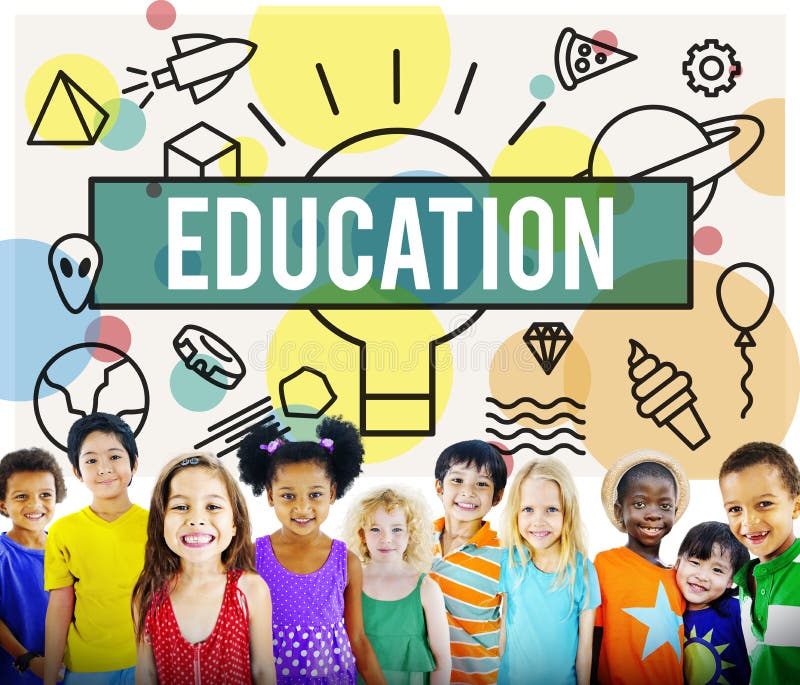The Role of Education And Learning in Structure a Comprehensive Educational Site for All
The role of education and learning in developing a detailed instructional site for all is significantly recognized as essential in today's varied culture. By prioritizing inclusivity and leveraging innovative training approaches along with advanced innovation, teachers can create an environment that satisfies the varied requirements of students. In addition, promoting cooperation with local communities enhances the assistance network important for student success. The inquiry remains: how can we properly gauge the success and effect of these efforts to ensure they fulfill their designated function? This questions invites additional exploration into the characteristics of instructional equity and efficiency.
Relevance of Inclusivity

When educational websites prioritize inclusivity, they develop a culture of belonging where every trainee really feels valued and empowered. This setting urges active involvement, collaboration, and shared respect amongst learners, promoting more powerful interpersonal partnerships. Inclusive practices contribute to improved scholastic results, as trainees are extra most likely to involve with the curriculum when they see their identities reflected and appreciated - School Drillers Education Insight.
Moreover, inclusivity prepares trainees for a diverse labor force and culture, outfitting them with the skills required to navigate and add favorably to diverse settings. By welcoming inclusivity, academic websites not only satisfy their ethical commitments yet also improve the educational landscape, ultimately profiting students, teachers, and the community at large. For that reason, promoting inclusivity is important for the advancement of reliable and equitable education.
Leveraging Innovation for Understanding
Including innovation right into academic websites improves inclusivity by giving diverse discovering tools and sources tailored to individual requirements. Digital platforms enable the integration of multimedia resources, such as video clips, interactive simulations, and gamified finding out experiences, which cater to differing learning styles. This access makes certain that students can involve with content in manner ins which resonate with them, fostering a much deeper understanding of subject.
Moreover, modern technology promotes real-time responses and personalized understanding pathways. Through flexible learning innovations, academic websites can evaluate specific efficiency information, enabling customized content shipment that fulfills each learner's pace and efficiency degree. This technique not just boosts engagement yet likewise empowers trainees to take possession of their discovering journey.

Innovative Teaching Approaches

One prominent technique is project-based discovering (PBL), which urges trainees to take part in hands-on tasks that resolve complicated questions or difficulties. This technique promotes collaboration, imagination, and problem-solving skills, all of which are important in today's labor force. Likewise, flipped classrooms have actually obtained grip, where conventional knowing is turned around; trainees evaluate lecture materials in the house and participate in interactive activities during course time, advertising deeper understanding and retention.
Another considerable pattern is the combination of gamification into education. By including video game aspects into lessons, educators encourage students and boost involvement via competitors and rewards. Additionally, differentiated guideline dressmakers discovering experiences to satisfy the diverse demands of students, enabling for personalized knowing courses that adapt to differing capacities and interests.
Partnership and Community Building
Frequently, partnership and area building that site are identified Bonuses as important elements of effective education, cultivating a supportive and comprehensive discovering atmosphere. These components produce a framework where pupils, teachers, and area participants can participate in meaningful interactions, improving the educational experience for all individuals.
Partnership urges the sharing of concepts, sources, and experience, promoting a richer knowing procedure. This vibrant assists to break down silos within the instructional environment, advertising interdisciplinary methods that can attend to complicated concerns. By interacting, educators can develop innovative curricula that mirror varied point of views while satisfying the different demands of pupils.
Area building works together with cooperation, as it grows a sense of belonging among all stakeholders. They are much more most likely to spend time and resources into collective objectives when individuals really feel linked to their instructional area. This shared commitment can lead to increased inspiration, improved scholastic results, and greater retention prices.
In addition, promoting collaboration and neighborhood building can likewise prolong beyond the classroom, including parents, neighborhood organizations, and businesses. These partnerships can supply assistance and sources that boost educational opportunities, eventually adding to a more extensive academic site for all.
Gauging Success and Effect
The effectiveness of collaboration and community building in instructional setups can be evaluated through different metrics that gauge success and impact. These metrics might include pupil engagement levels, academic performance, retention prices, and community responses. By utilizing quantitative data such as test scores and graduation prices, academic stakeholders can evaluate the overall performance of he said collaborative campaigns.
In addition, qualitative evaluations, such as surveys and focus teams, supply useful understandings right into participant complete satisfaction and perceived advantages of community-building activities. Routinely tracking these metrics permits educators to determine areas of stamina and those needing renovation, ensuring that collaborative initiatives stay concentrated and impactful.
Furthermore, longitudinal research studies can aid measure the lasting effects of educational partnerships on pupil results and neighborhood development. These evaluations can disclose patterns with time, highlighting exactly how sustained collaboration promotes an environment for learning and development.
Eventually, specifying success in academic setups needs a complex technique, incorporating both qualitative and measurable information. By constantly assessing the impact of collaboration and community-building efforts, educational websites can improve their techniques, guaranteeing they satisfy the diverse requirements of all stakeholders included.
Verdict
In conclusion, education serves as a keystone in developing a thorough instructional site that focuses on inclusivity for all learners. Eventually, the dedication to inclusivity and equity prepares pupils for success in a diverse and interconnected globe, reinforcing the transformative power of education.
The significance of inclusivity in educational sites can not be overstated, as it plays a vital function in promoting a knowing environment that fits diverse histories and abilities. Inclusivity makes certain that all trainees, regardless of their socio-economic standing, ethnicity, sex, or learning capabilities, have fair access to instructional resources and possibilities.When academic sites focus on inclusivity, they create a society of belonging where every student really feels valued and equipped. By accepting inclusivity, academic sites not just meet their moral responsibilities but additionally enhance the instructional landscape, eventually benefiting students, educators, and the community at big.The efficiency of cooperation and area structure in instructional settings can be assessed through different metrics that determine success and impact.